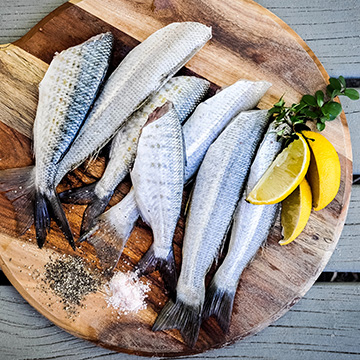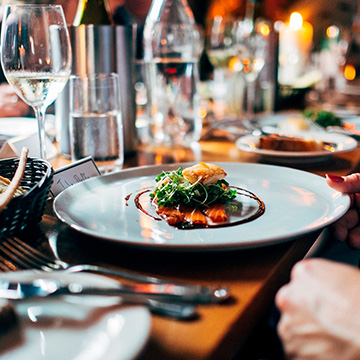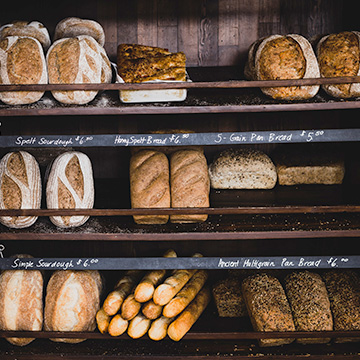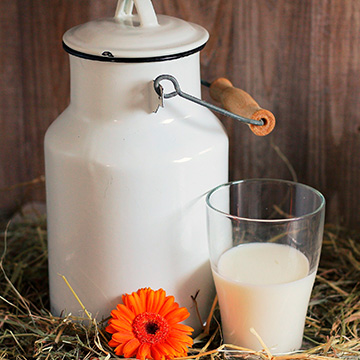Sketching can be executed using various media, including but not limited to pencils, pens, charcoal, pastels, and digital tools. There are so many basic shapes that relate to everything that we see in our everyday world. Professional artists use basic shapes as building blocks when drawing characters and buildings. These aren’t limited to perspective, defining scale, and weight in your sketches.
This guide will provide steps, information, and easy-to-follow instructions to help you go from a basic sketch to a more complex one. Contour drawing is a great exercise for improving your accuracy and precision. This exercise eliminates the use of shading and relies on using lines to outline the form of your subject. Start with simple objects like cups or fruit, then move on to more complex subjects such as buildings or people.
Make the focal point 30% of the image.
Whether traveling light or not, you need a bag to keep your materials safe and secure. Sketching is usually a basic structure used to ideate and plan. Sketches are always left unfinished, While painting, on the other hand, involves using paint to achieve a final result.
And whether you’re a beginner or an experienced artist looking for new techniques, you should find something for you our collection of sketching tips below. Sketch drawing for beginners or painting sketches for beginners helps to develop creativity. It helps learners or beginners develop a good understanding of art and encourages thinking in a different light. Some of the necessary equipment you must carry as an artist includes a compass, ruler, or a protractor. They help you draw circles, curves, and straight lines, take measurements or draw angles. Most beginner sketch drawings recommend starting with a ruler, compass, or protractor before you master using freehand.
The Sketching Process
This is an incredibly useful tool for artists, as it allows you to manipulate and shape the eraser into different forms, perfect for creating highlights or lightening areas of a sketch. Creating a successful sketch is all about creating variety and focus. So you could add in a few finer details to draw the viewer’s attention to those areas, then create more abstract textures for the other areas. In art, a sketch refers to a quick, informal drawing, that is typically done from life. A sketch can be very useful to artists of all mediums for a variety of reasons. You draw the not-so-round shape of the tomato or the shape of whatever loot you got from the kitchen onto your paper.
For any beginner learning how to sketch, you need to have the appropriate drawing supplies. This is as easy to include the standards such as sketching paper and a pencil. And to be honest, it can be any kind of paper that has a good tooth to it. If you’re starting out, it doesn’t need to be the premium brands used for doing a final sketch or drawing. These courses cover various aspects of sketching, such as different techniques, materials, styles, and subjects. Travel sketching is an art that helps you stand out amongst other artists.
Exercises to Improve Your Sketching
Don’t get into fine detail until you have a sketch that captures the overall shape you want to capture. The detail is essential, yet it’s the afterthought that’s like adding toppings on a pizza. Your shape is going to be just as essential to have the right perspective. The angle and corresponding shape are what help convey visually what people will see in your sketch.
Even if it seems mundane, remember that all drawing is all about improving your drawing skills. I know this will sound odd to say but use your pencil like an extension of your fingers to draw. The whole idea of drawing a line is to create a broad stroke. Just like a painter, these lines can be curved, rounded, angled, or straight. Give each line that you draw are a certain amount of freedom to exist. You don’t have to be a professional artist to learn how to draw and sketch effectively.
Why You Should Carry a Sketchbook
This technique is useful for creating soft transitions and realistic shadows. Embrace the freedom of scribbling to add energy and movement to your drawings. It’s an excellent way for beginners to explore dynamic expressions and complex forms.
- Everyone interprets what they see unless you add some visual pointers and messages.
- To do this, you need to look at your object and squint one eye.
- Basic shapes are among the easiest of all the natural shapes we see everywhere in our lives.
- There are no words in drawing; however, he says many things each time an artist creates art.
- Just remember how to sketch lighter lines that are easier to erase, so narrow down them bit by bit.
It’s a simple exercise that starts with basic shapes you can start to practice with. Basic shapes are among the easiest of all the natural shapes we see everywhere in our lives. If you can draw a circle, square, triangle, or rectangle, you can start building base shapes from scratch. Perhaps you’ve heard that Disney artists use basic shapes when building characters. These shapes are essential to use when making animated and cartoon characters. Tin pencil boxes come in all shapes and forms, so suitable for a beginner sketch artist?
As you finish off lines, you can make more defined strokes to create the object’s weight in the picture. If you go with a freehand sketch, you still need to know some basic anatomy to get the proportions right. The same goes for animals, so practice drawing these figures in stick form before fleshing them out completely. Use your eraser to correct the lines as you go, but try to save this until the end.
It seems that everyone has their own method for sketching, but the basic elements never change. Here’s what I recommend for basic skills that are excellent for any beginner to practice. “I IT blog like symmetrical drawings, but they often look boring all too quickly,” says Croes. Thanks to technology, creating incredible sketches on your phones, tablets, or laptops is now possible.
Sketch (drawing)
In this case, it is critical to be able to deliver the idea of the designed collection to the best advantage. In fashion sketching, it is essential to bring the clothing design into focus, and a life-like portrayal of the figure is usually unimportant. You will also need to know how to convey through hand-render the look and feel of such materials and textures as skin, hair, different types of fabric, metal, etc.















